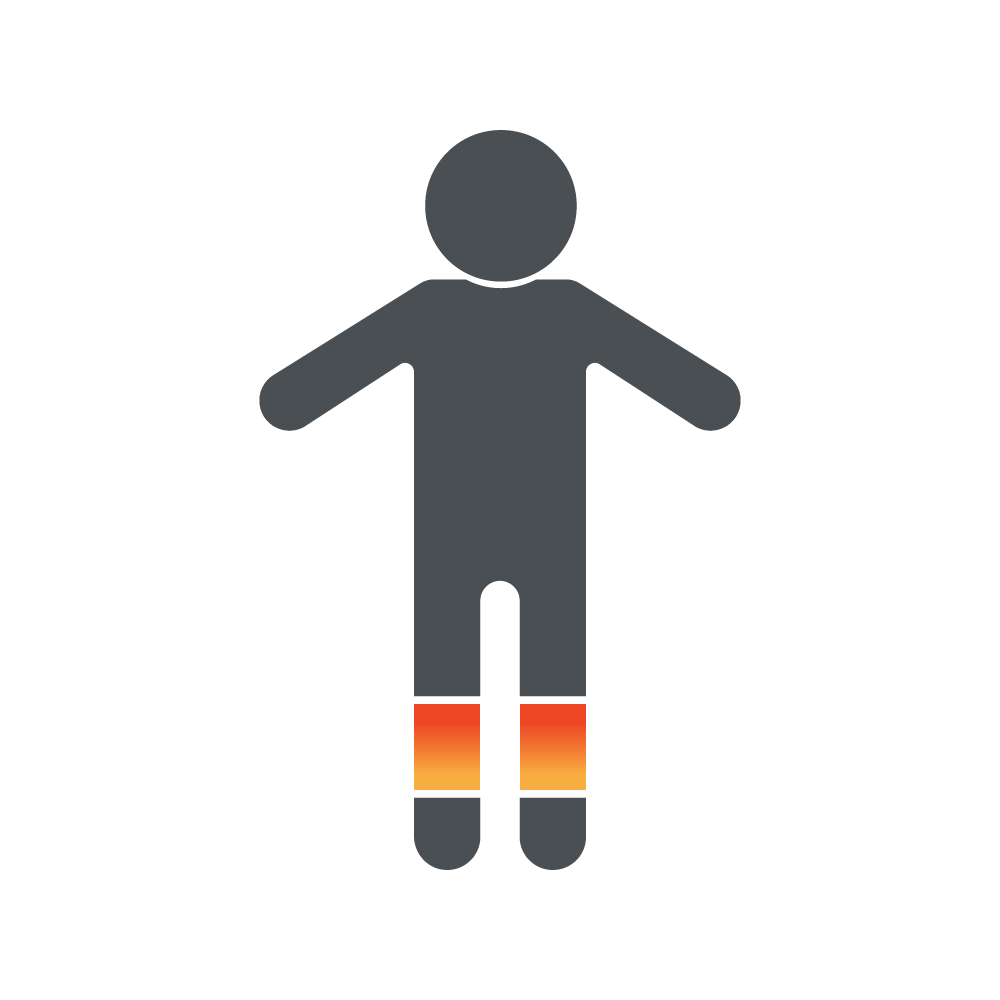Health Tips and Exercise Series – Coordination and Balance

Wondering how you can stay healthy and keep moving with your prosthetic or orthotic technology? Let’s start by looking at exercises for coordination and balance to keep you active and healthy throughout the year.
Today’s prosthetic and orthotic technologies are designed to help increase mobility and improve your quality of life. In addition to having access to the latest technology, exercising and eating right are also key components for better movement. In our Health Tips and Exercise Series, we will cover coordination and balance, endurance and strength, stretch and meditation, and healthy eating over the upcoming weeks. Let’s start with coordination and balance.
Coordination and Balance
To improve your balance, it’s important to strengthen your core, which includes your abs, lower back, and hip muscles. These muscles will work together to coordinate movement. Small movements done appropriately can engage your core and help increase stabilization.
Coordination and balance exercise samples:

Even Weight Bearing
While standing, many people shift their weight to one leg. Next time you are at the kitchen counter, waiting in line, or brushing your teeth, focus on standing with your weight evenly on both legs and continuing to keep your weight even.

Bird Dog
Position yourself on the floor with your knees directly under your hips, and your hands directly under your shoulders.
While keeping your back flat and head in line with your spine, extend one arm at a time out in front of you, hold, and then return to original position. Next extend one leg at a time out behind you, hold, and then return to original position. Repeat. Once you are able to do this, extend your opposite arm and leg together, hold, and then return to original position. Switch sides and repeat exercise.

Single Leg Balance
Begin by having something stable to hold on to. Stand with your feet together. Balance on one leg by bending at the knee, raising one leg forward or to the side, and holding. Return to original position and switch legs. Repeat exercise.
To increase difficulty, do not hold on to anything while performing this exercise, or try to perform this exercise with your eyes closed. You may also stay balanced on one leg and add arm movements by extending both arms straight in front of you, out to the sides, and overhead.

Single Leg Toe Tap
Stand in front of a step, preferably 6-8” tall. Begin by holding onto the walls or having something stable to hold on to. Shift all of your weight onto your right side, tap your left foot on top of the step, and then back down. Return to original position and switch sides. Decrease your upper extremity support as able.

Tightrope Walk
Follow a tile line in your floor or create a line with string or tape. Hold your arms out wide to the sides. Walk on the line one foot in front of the other trying not to step off to the side. Repeat going back and forth.
In addition to the exercises mentioned above, you may want to consider low impact activities such as yoga, Pilates, and Tai Chi to increase coordination and balance. These exercises can be done at home or in a local studio to help build strength, reduce inflammation, manage stress, and improve mental health. And remember, it is recommended to consult with your health care team before starting a new exercise program.
If you are new to yoga, Pilates, Tai Chi, or any other form of exercise that incorporates core strength and balance, consider signing up for a class and learning from an instructor to optimize your technique. Instructors that are trained to work with people with physical limitations can provide modifications to ensure exercises are performed properly and safe.
Jason Meints, Physical Therapist
Stay tuned for the upcoming blogs in our Health Tips and Exercise series on Endurance and Strength and Stretching, Meditation, and Nutrition.
Request a Free Evaluation
If you or someone you love are looking for personalized, high-quality care, get in touch with a board-certified orthotist or prosthetist at a Hanger Clinic near you.
Latest Updates
Subscribe to stay up-to-date on our latest posts.


